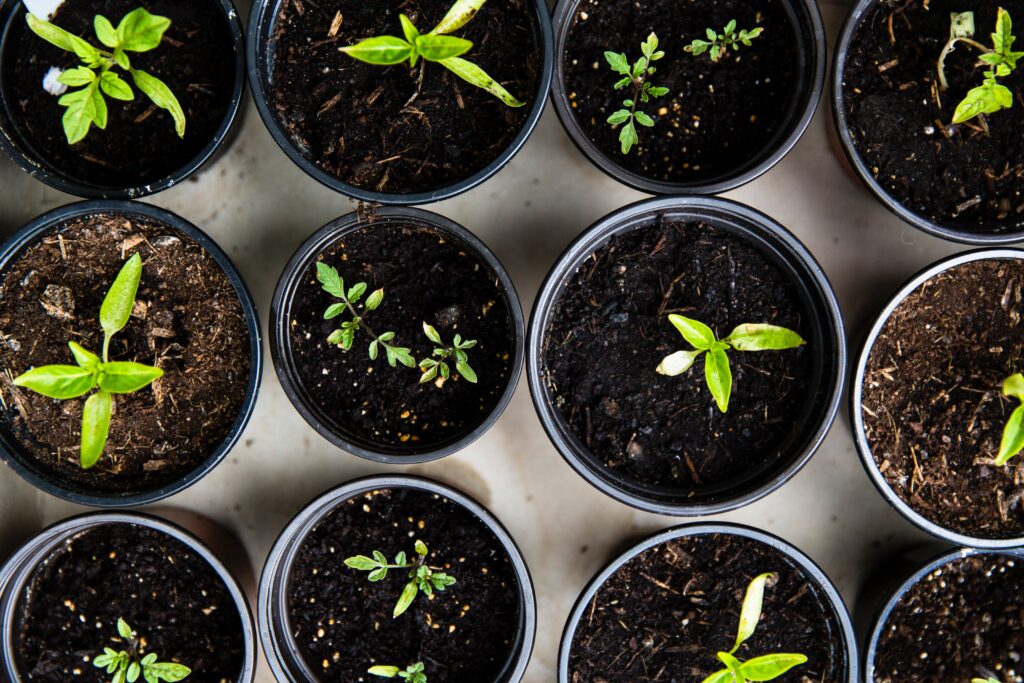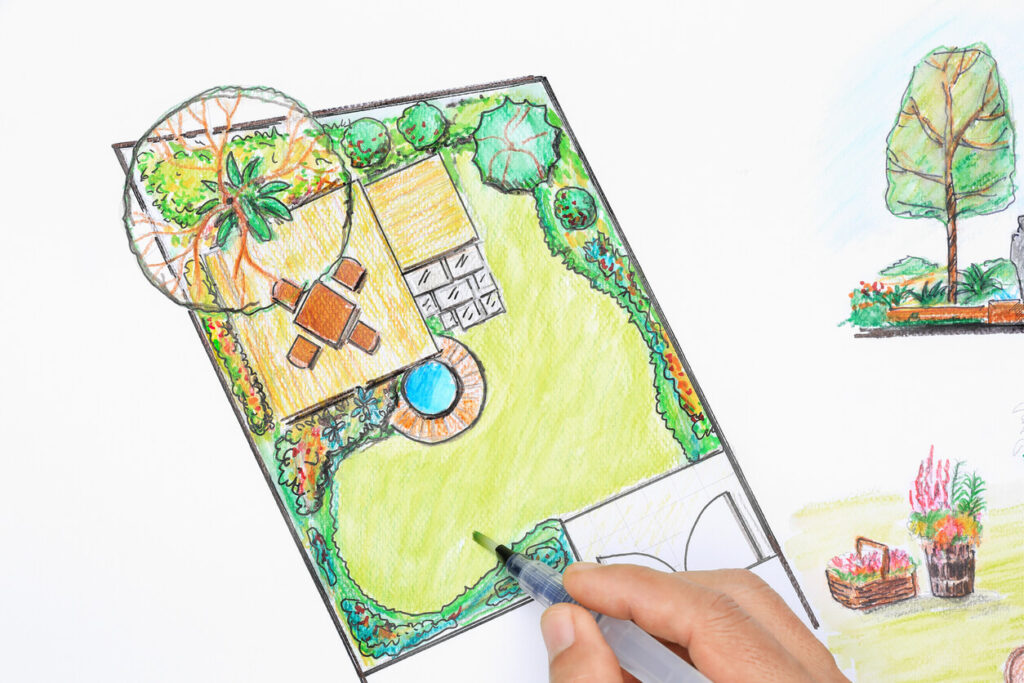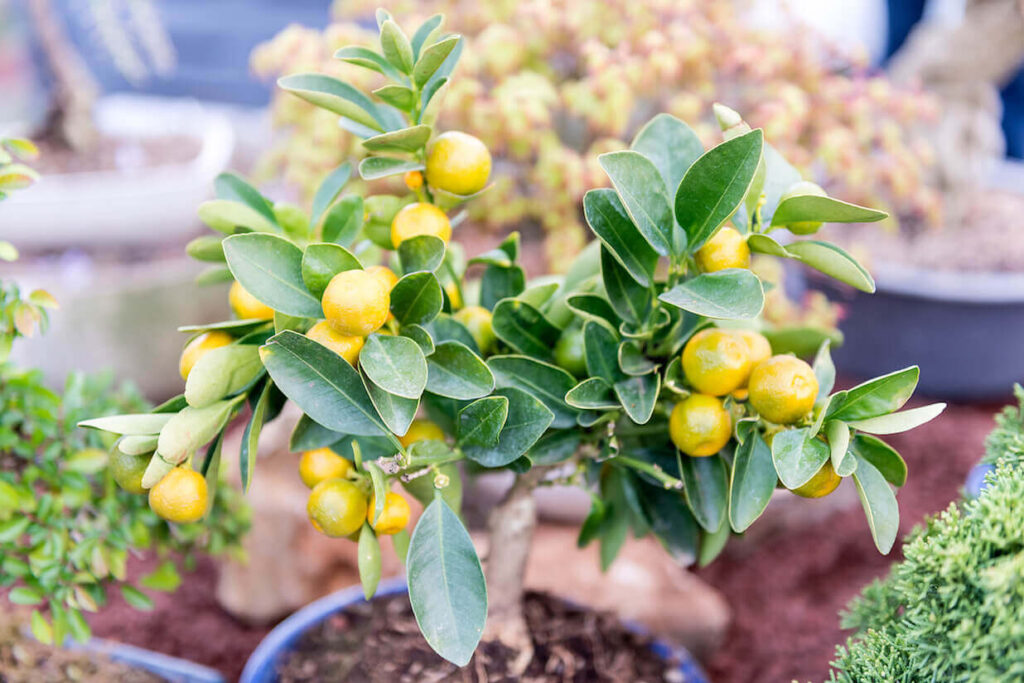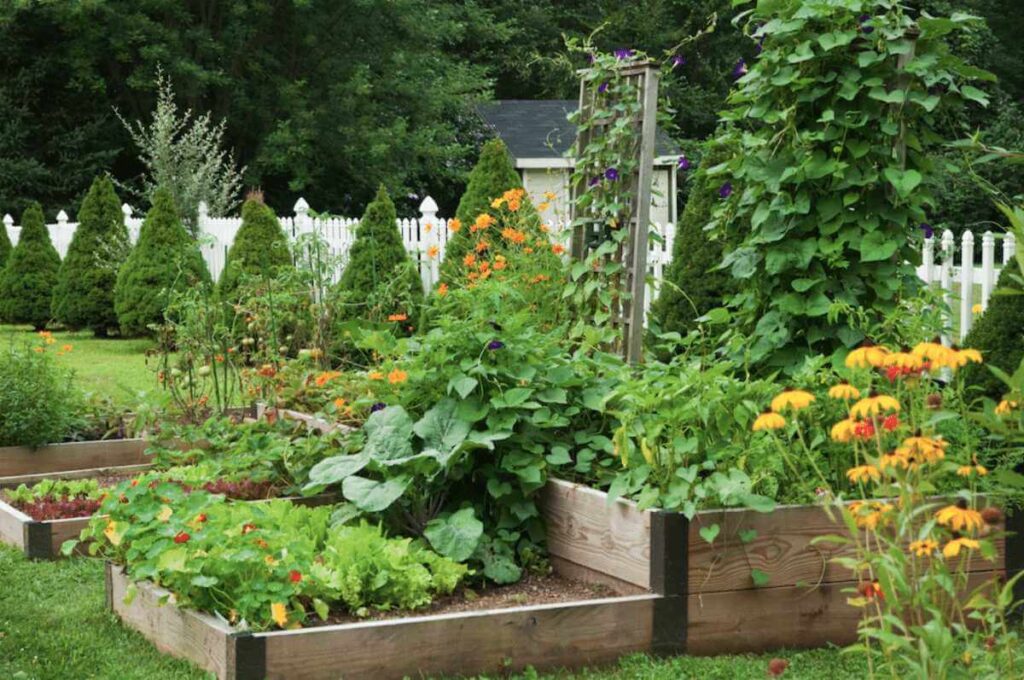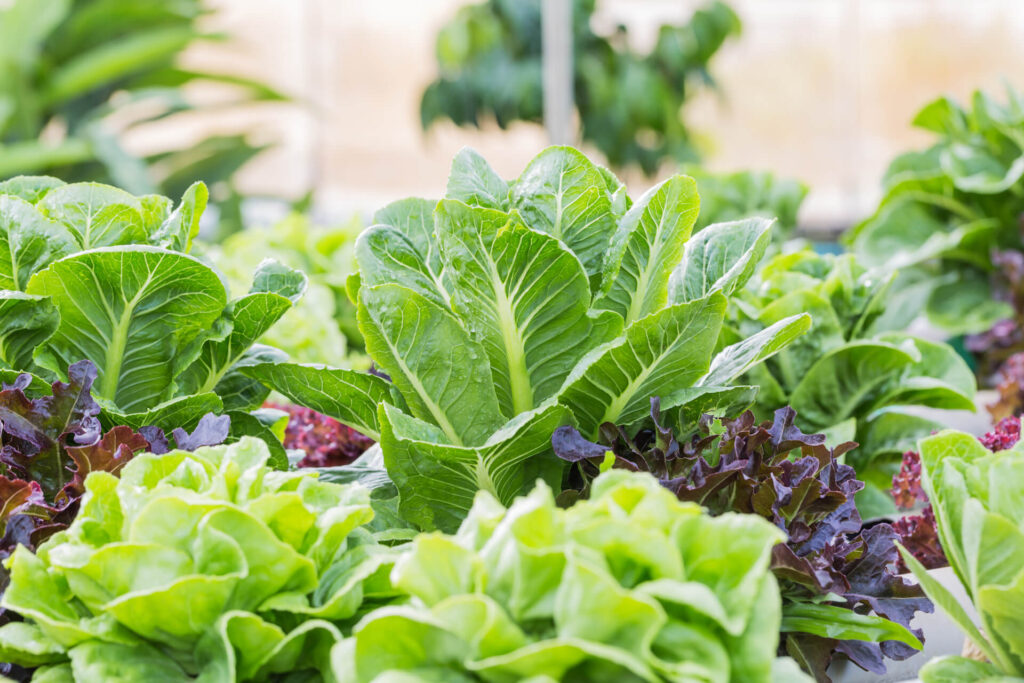Let’s talk about creating a garden space for your patio! Your patio can be transformed from an ordinary, boring space to a functional and attractive area that’s both productive and visually appealing. A successful patio garden requires planning. Before you start to plant, draw a plan of your space, think about its functionality, and then put your ideas on paper. Let’s review a few patio garden ideas. These are the things you should keep in mind when creating a space that is full of edible delights, fragrant flowers, and plants.
Smaller Patio Garden Ideas
You may need to be creative if you have limited space for planting. Vertical gardening is a great way to achieve this balance. Vertical gardening gives gardeners more space than a traditional horizontal patio plot. This means that more plants can be grown here, more plants can spread out and provide higher yields. As plants grow, they can also create privacy.
Some beautiful and useful vertical garden structures that you can add to your patio:
- Obelisks
- Trellises
- Towers
- Hanging Plant Stands
- Wall-mounted baskets or pots
Wall Space Can Be Used
If you have any, adding them to your patio will add visual appeal and maximize space. A trellis or hanging wall planters can be used to create a living wall. This will soften the space and bring herbs, beauty and fragrance to the eye and nose, stimulating the senses. And it makes for a pretty patio!
Elevated Garden Boxes
To raise the level of your plants, place a stake at the edge of the patio. This will allow you to harvest more easily and reduce the need for you bend. For plants that require additional protection or shade, you can use the space below the patio.
Patio Garden Sunlight Requirements
Spend a few days observing how the sun shines on your patio area and what shadows are exposed to before you start thinking about planting. This information is crucial for choosing the right plants and knowing how to water them. You should choose plants that are suited to the lighting conditions you have.
Low Light Plants & Protecting Plants From Heat
If there is too much sunlight, you can add an awning or patio umbrella to help. Adding an awning, patio umbrella, or even varying the heights and placement of your planters can improve your chances at having successful shade-loving plants in your patio design.
Watering A Patio Garden
A patio garden’s plants are mainly planted in containers/pots. This means that they must be watered regularly and that their pots and planters must have drainage holes. Container plants’ roots are limited in their ability to find the nutrients and moisture they need within a container, so they rely on you for that. There are also many ways you can make watering less stressful:
- Put saucers under potted plants to help control drainage.
- Use watering globes to slowly release water over time.
- Set up some watering cans outside. They will be able to collect rainwater so they are always available when you need them.
- Do you forget to water your plants? There’s an app for that! You can download planting apps to get planting advice and reminders for other important tasks like watering.
Patio Garden Planning
Consider the height of your plants when you plan your patio garden. To ensure that your vision is not blocked by taller plants, you might consider placing them around the patio’s edges. This is especially important if your patio is used for entertaining and living. You should also take care to not have any large plants blocking the sunlight that comes through your patio. You can make the most of your space by planting shade-loving plants in taller plants, or under raised planters. You can make a focal point on a patio table, accent table, or table by using low-rimmed pots to house shorter plants. Or you can plant smaller varieties in a series of small planters. You can also change the height of your plants by combining them in one pot. This is a great way to display your garden treasures. To increase the yield of your plants, you can combine companion plants with plants that are similar in appearance. Mixing plants of different heights, colors and textures can create a living art piece. For an example, you might select a trailing vine, an upright showstopper, or structurally-supported plant along with a vibrant bloomer to create visual interest.
Attracting Pollinators To Your Patio Garden
When designing a patio garden, it is important to think about pollination. Combining vegetables and flowering plants can increase plant productivity and give you a consistent and abundant yield throughout the year. When designing and planting your patio garden, consider companion plants like the ones below.
- Zinnias
- Marigolds
- Cosmos
- Calendula
- Nasturtiums
- Borage
They will attract beneficial pollinators while adding beauty through texture, color and fragrance.
How to Choose and Store Container Garden Planters
After you have created a design plan, you can start to choose your planters. There are many options for garden planters and pots in a variety of sizes, colors, shapes and materials. Before you invest in any container, it is important to assess your priorities. Priorities can vary from one gardener to the next. It is important to take care of your pots and planters. These pots are an important tool for growing plants and a significant financial investment that should be protected. If your climate is subject to freezing temperatures, you should empty the pots and rinse them before winter. Then, store them upside-down in an indoor area. This will prevent irreparable damage such as cracking or breakage, and allow you to use your pretty pots for many years to come in your new, beautiful patio garden!
